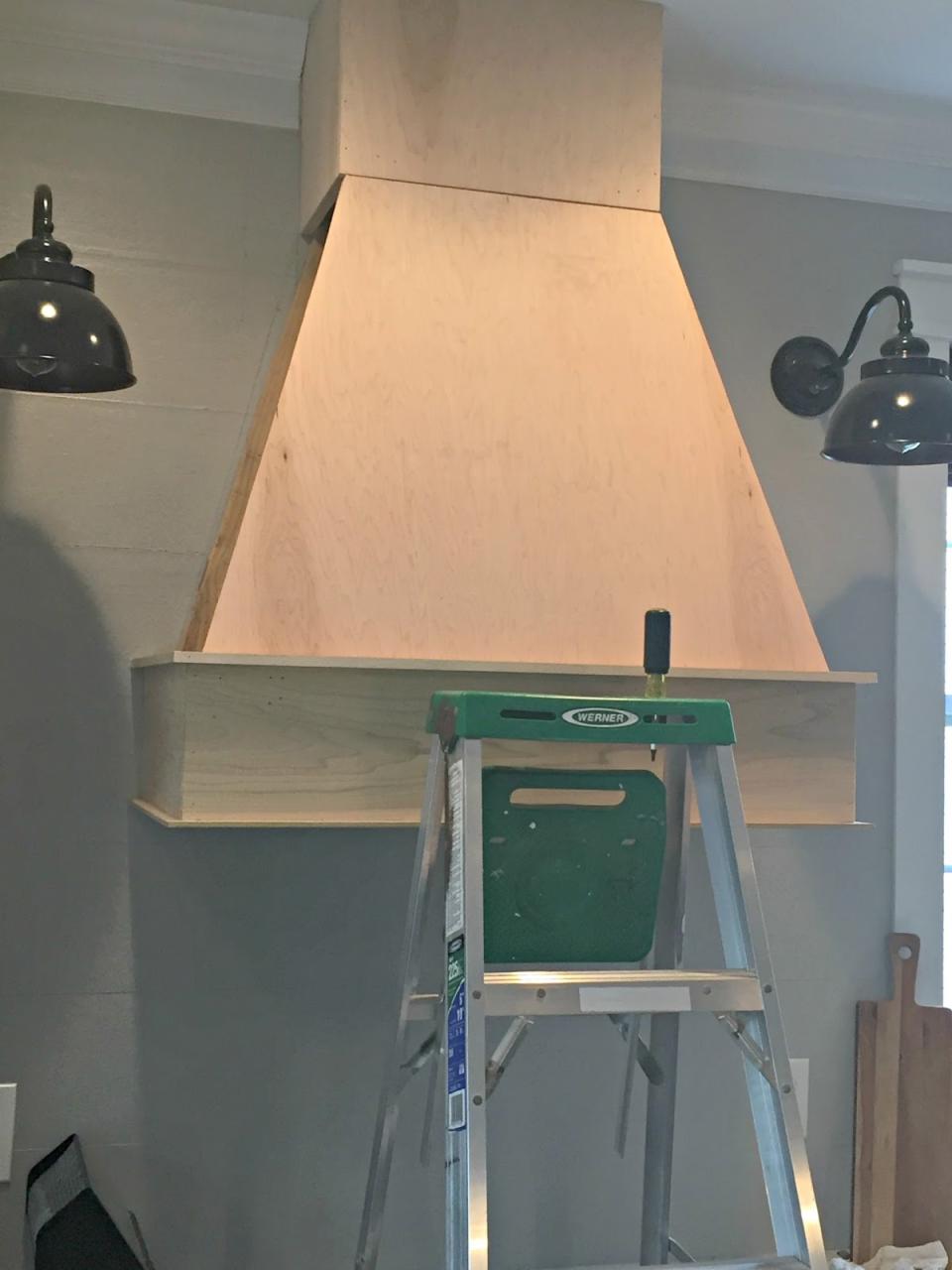DIY Hood Vent Rain Guard: A No-Nonsense Guide to Keeping Your Kitchen Dry

If you’re tired of dealing with rainwater pouring into your kitchen through the hood vent, you’re in the right place. A DIY hood vent rain guard is an easy and effective solution to this problem, and it’s something you can make yourself with a few basic materials. In this article, we’ll walk you through the process of creating your own DIY hood vent rain guard, and provide you with some valuable tips and tricks along the way.
What is a Hood Vent Rain Guard?
Before we dive into the nitty-gritty of building your own DIY hood vent rain guard, let’s take a quick look at what it is and why you need one. A hood vent rain guard is a device that fits over the top of your kitchen hood vent to prevent rainwater from entering your kitchen. It’s a simple but effective solution to a common problem, and it’s something that can save you a lot of hassle and expense in the long run.
Why Do You Need a DIY Hood Vent Rain Guard?
If you live in an area with heavy rainfall, you know how annoying it can be to deal with water pouring into your kitchen through the hood vent. Not only is it a pain to clean up, but it can also cause damage to your kitchen and your appliances. A DIY hood vent rain guard can help to prevent this from happening, and it’s a lot cheaper than calling in a professional to fix the problem.
Materials Needed for Your DIY Hood Vent Rain Guard
Before you start building your DIY hood vent rain guard, you’ll need to gather a few materials. Don’t worry, these are all easy to find and relatively inexpensive. Here’s what you’ll need:
- A piece of metal or plastic flashing (this will form the base of your rain guard)
- Some screws or rivets (to attach the flashing to the hood vent)
- A drill or screwdriver (to make holes for the screws or rivets)
- A pair of tin snips or a hacksaw (to cut the flashing to size)
- A file or sandpaper (to smooth out the edges)
- Some silicone sealant (to seal the edges and prevent leaks)
Step-by-Step Instructions for Your DIY Hood Vent Rain Guard
Now that you’ve got all the materials you need, it’s time to start building your DIY hood vent rain guard. Here’s a step-by-step guide to help you get started:
Step 1: Measure Your Hood Vent
The first step in building your DIY hood vent rain guard is to measure your hood vent. You’ll need to know the length, width, and depth of the vent in order to cut the flashing to the right size. Take your measurements carefully, and make a note of them so you can refer back to them later.
Step 2: Cut the Flashing
Once you’ve taken your measurements, it’s time to cut the flashing to size. Use your tin snips or hacksaw to cut the flashing into a rectangle that’s slightly larger than your hood vent. Don’t worry too much about the edges at this stage – you can smooth them out later.
Step 3: Attach the Flashing to the Hood Vent
Now it’s time to attach the flashing to the hood vent. Use your screws or rivets to secure the flashing in place, making sure it’s centered and evenly spaced. Don’t overtighten the screws or rivets – you don’t want to damage the hood vent or the flashing.
Step 4: Seal the Edges
Once you’ve attached the flashing to the hood vent, it’s time to seal the edges. Use your silicone sealant to fill in any gaps or holes, and smooth out the edges with your file or sandpaper. This will help to prevent leaks and ensure that your DIY hood vent rain guard is watertight.
Tips and Tricks for Your DIY Hood Vent Rain Guard
Here are a few tips and tricks to help you get the most out of your DIY hood vent rain guard:
- Make sure the flashing is slightly larger than the hood vent to ensure a watertight seal.
- Use a durable material for the flashing, such as metal or heavy-duty plastic.
- Attach the flashing securely to the hood vent to prevent it from coming loose in strong winds.
- Test the rain guard before you finish to make sure it’s working properly.
Common Mistakes to Avoid
Here are a few common mistakes to avoid when building your DIY hood vent rain guard:
- Don’t use a material that’s too thin or flimsy for the flashing – it won’t provide a watertight seal.
- Don’t overtighten the screws or rivets – you don’t want to damage the hood vent or the flashing.
- Don’t ignore the edges – make sure they’re smooth and sealed to prevent leaks.
Conclusion
Building a DIY hood vent rain guard is a simple and effective way to keep your kitchen dry in the rain. With a few basic materials and some simple tools, you can create a watertight seal that will prevent rainwater from entering your kitchen. Just remember to measure carefully, cut accurately, and seal securely – and you’ll be enjoying a rain-free kitchen in no time.
Closing
That’s it for our guide to building a DIY hood vent rain guard. We hope you found it helpful and informative – and that you’re now ready to start building your own rain guard. Don’t forget to follow our tips and tricks, and avoid those common mistakes. Happy building!